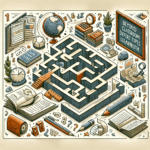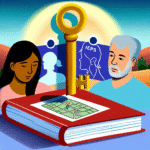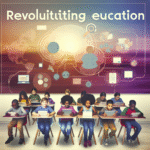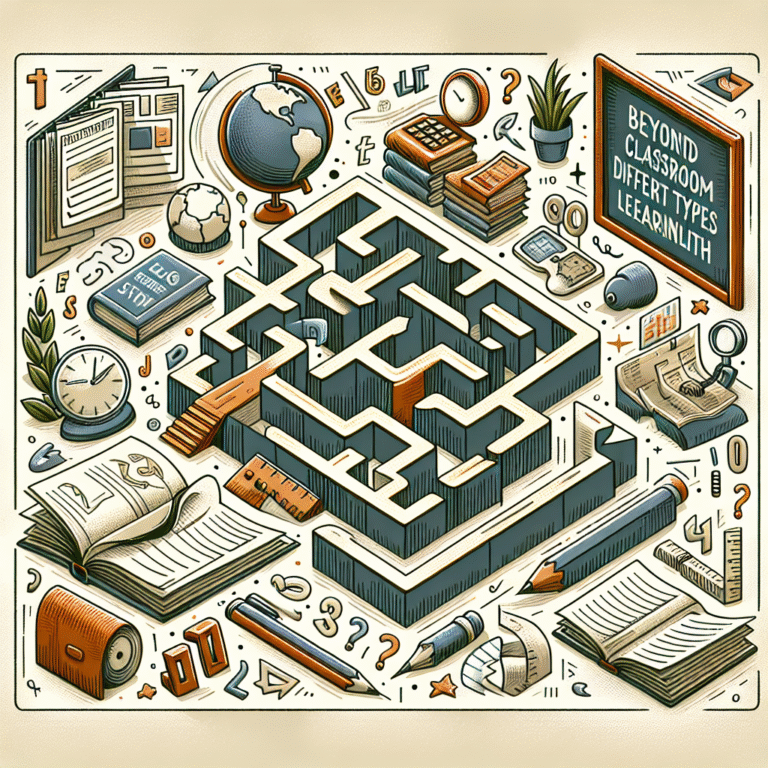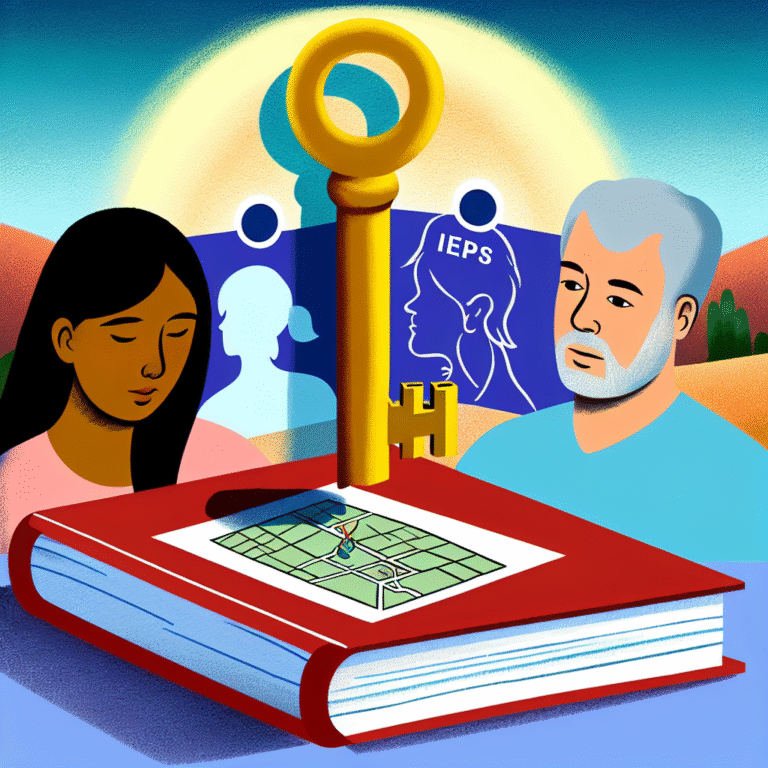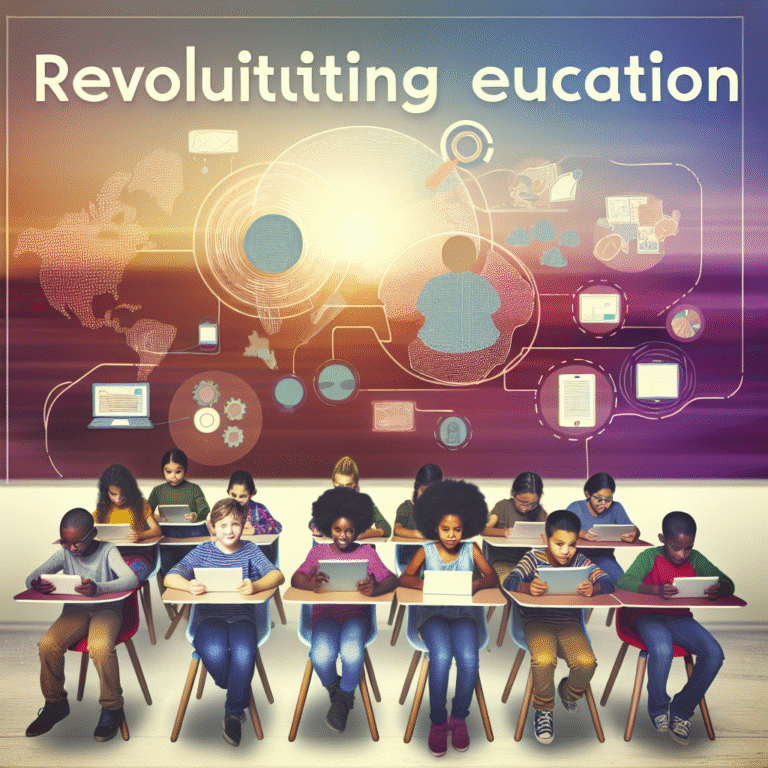
Smart Solutions: How Technology is Enhancing Learning Experiences for Students with Disabilities
Introduction
In an era where education is progressively moving towards inclusive practices, it is essential to explore Smart Solutions: How Technology is Enhancing Learning Experiences for Students with Disabilities. This topic is not just a trend; it represents a paradigm shift in educational methodologies that profoundly impacts the lives of students with disabilities. With advancements in assistive technologies, educators are now equipped to create tailored learning environments that accommodate diverse needs, ensuring that all students have the opportunity to succeed. This article delves into innovative tools, real-world applications, and strategies that exemplify how technology enhances educational experiences for students with disabilities, ultimately fostering a more inclusive society.
The Current Landscape of Disability in Education
Understanding the Need
As advocates for inclusive education highlight, nearly 15% of the global population lives with some form of disability. In many cases, traditional educational systems lack the flexibility to meet the diverse needs these students present. Smart Solutions: How Technology is Enhancing Learning Experiences for Students with Disabilities provides a framework to turn this challenge into an opportunity. Technology can disrupt traditional learning environments, facilitating personalized learning paths that empower students with disabilities.
Case Study: The Impact of Modern Policies
The 2004 reauthorization of the Individuals with Disabilities Education Act (IDEA) has played a substantial role in ensuring access to quality education for students with disabilities. By promoting the use of technology as an integral part of the curriculum, schools have started to adopt smart technologies that create richer learning experiences.
Highlighting Smart Solutions in Education
1. Assistive Technologies
Types of Assistive Technologies
Assistive technologies (AT) encompass a wide range of devices and software designed to aid learning. Some of the most prominent solutions include:
Screen Readers: Tools like JAWS (Job Access With Speech) convert text into speech, enabling visually impaired students to access written materials.
Speech-to-Text Software: Programs such as Dragon NaturallySpeaking allow students with dyslexia to convert spoken words into written text.
- Adaptive Learning Platforms: Platforms like DreamBox Learning cater to individual learning speeds and styles, providing personalized learning experiences.
Impact and Benefits
The integration of assistive technologies has demonstrated a significant increase in academic performance and engagement among students. According to a study by the National Center on Accessible Educational Materials, the use of AT leads to enhanced communication skills and improved self-esteem.
2. Interactive Learning Environments
Gamification
Incorporating gamification into learning processes has proven to be engaging. Tools such as Kahoot! and Quizlet foster an interactive learning atmosphere that can be particularly beneficial for students with disabilities. The competitive yet supportive environment encourages active participation, making lessons more enjoyable.
Multi-Sensory Learning Tools
Devices such as interactive smartboards and tablets create multi-sensory experiences, allowing students to engage with material through sight, sound, and touch. This approach caters to various learning preferences, making it easier for students with disabilities to grasp complex concepts.
Case Study: Interactive Technologies in Action
The Nexus Academy in Michigan leveraged interactive technologies to create inclusive classrooms. By integrating smartboards and tablets, they reported a notable rise in student engagement and academic achievement. Teachers observed that students with learning disabilities were more active participants, illustrating the real-world benefits of Smart Solutions: How Technology is Enhancing Learning Experiences for Students with Disabilities.
3. Virtual Reality (VR) and Augmented Reality (AR)
Educational Experiences Redefined
Virtual Reality (VR) and Augmented Reality (AR) are cutting-edge tools that provide students with immersive learning experiences. For instance, VR simulations can transport students to historical events or complex scientific phenomena, adding contexts that might be inaccessible through traditional learning methods.
Enhancing Empathy and Understanding
Moreover, VR experiences designed to simulate disabilities can foster empathy among peers, promoting inclusiveness. For example, programs like RetailVR help students understand the challenges faced by their disabled classmates, enhancing social integration.
4. Personalized Learning Apps
Learning Management Systems (LMS)
Learning Management Systems, such as Google Classroom and Canvas, now include features that accommodate students with disabilities. These platforms allow for customized learning experiences where educators can adapt material based on individual student needs.
Features to Consider
Flexible Deadlines: Adjusting deadlines can reduce stress on students who may need additional time due to their disabilities.
- Content Customization: Educators can adjust the complexity of texts and resources, catering to varying skill levels.
Case Study: Personalized Learning Success
The Pyramid Educational Consultants successfully implemented personalized learning apps in their curriculum, leading to improved academic performance among students with autism. These enhancements have made learning more relevant to individual experiences, showcasing the power of Smart Solutions: How Technology is Enhancing Learning Experiences for Students with Disabilities.
The Role of Educators and Stakeholders
Training and Support
While technology offers incredible potential, proper training for educators and stakeholders is crucial. Investing in professional development ensures that teachers are proficient in utilizing these technologies effectively. Educational institutions must also engage parents and guardians, creating a holistic support system for students.
Collaborative Strategies
Collaboration among educators, specialists, and families ensures that students receive consistent support in their learning journey. Joint efforts can lead to the development of tailored educational strategies that incorporate the latest technological advancements.
Data and Analytics: Making Informed Decisions
Utilizing Data for Individual Growth
Leveraging data and analytics is a Smart Solution that helps educators track student progress over time. Many learning platforms now provide analytics features, allowing teachers to adjust instructional methods based on real-time feedback.
Chart: Monitoring Progress
| Metric | Before Technology | After Technology |
|---|---|---|
| Engagement Levels | 45% | 85% |
| Academic Performance Improvement | 60% | 90% |
| Student Satisfaction | 50% | 95% |
Conclusion
The integration of technology in education represents a golden opportunity for improving learning experiences for students with disabilities. Smart Solutions: How Technology is Enhancing Learning Experiences for Students with Disabilities showcases the potential of assistive technologies, interactive learning environments, and personalized learning strategies. It is a call to action for educators, policymakers, and communities to embrace these innovations.
By fostering an inclusive environment where every student is given the tools necessary for success, we not only enhance individual learning experiences but also pave the way for a more equitable society. Let us work together to harness the power of technology and ensure that every students’ potential is realized.
FAQs
1. What types of assistive technologies are available for students with disabilities?
There are numerous assistive technologies available, including screen readers, speech-to-text software, and adaptive learning platforms, all tailored to enhance the learning experience.
2. How can gamification benefit students with disabilities?
Gamification engages students by providing interactive and competitive learning environments, which can increase motivation and participation for those with disabilities.
3. What role do educators play in implementing technology?
Educators are essential in integrating technology into classrooms. They must be trained to use these tools effectively and create inclusive learning environments that cater to all students.
4. How does personalized learning benefit students with disabilities?
Personalized learning allows for tailored educational experiences that meet individual needs, helping students progress at their own pace and enhancing their academic performance.
5. Are there any proven outcomes from using technology in special education?
Yes, studies show that the use of technology, such as assistive devices and interactive tools, has led to improved engagement, academic performance, and self-esteem among students with disabilities.
6. How can parents support their children in using technology for learning?
Parents can encourage their children to use technology by providing support during homework, engaging with educational apps, and advocating for the necessary resources in schools.
In this exploration of Smart Solutions: How Technology is Enhancing Learning Experiences for Students with Disabilities, we see that technology is not merely a tool but a transformative force that drives inclusivity and educational success for all students.
